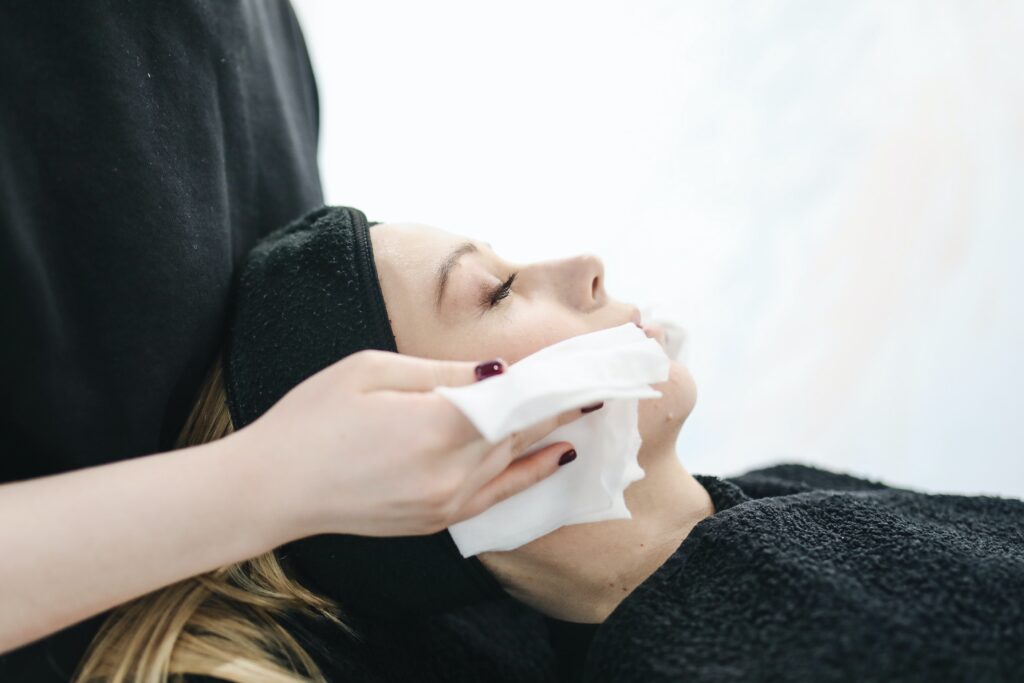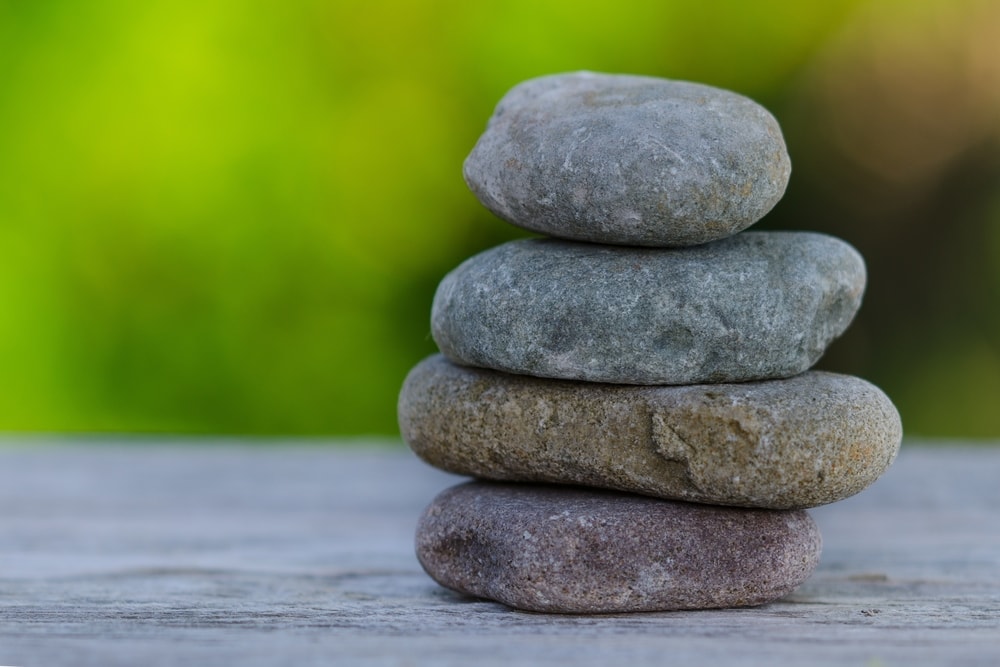Medical Spa Treatments for Sleep Disorders
Sleep disorders can be frustrating and debilitating, affecting everything from your mood to your ability to concentrate during the day. While medication can be helpful, many people are looking for natural alternatives to improve their sleep. Medical spas offer a variety of treatments that can help to improve sleep quality and reduce the symptoms of sleep disorders. Let’s take a look at some of the medical spa treatments that can help with sleep disorders.
1. Massage Therapy
Massage therapy can help to relax the body and mind, reducing stress and anxiety that can interfere with sleep. A licensed massage therapist can work with you to create a customized treatment plan that addresses your specific sleep issues. They can use techniques such as Swedish massage, deep tissue massage, and reflexology to help you feel more relaxed and comfortable.
2. Acupuncture
Acupuncture is a traditional Chinese medicine technique that involves the insertion of fine needles into specific points on the body. It can help to balance the body’s energy and improve overall health and wellness. For sleep disorders, acupuncture can be used to target specific points that are associated with relaxation and improved sleep quality.
3. Aromatherapy
Aromatherapy involves the use of essential oils to promote relaxation and reduce stress. Different scents can have different effects on the body and mind, so a medical spa professional can help you choose the best oils for your specific sleep issues. Essential oils can be diffused into the air or applied directly to the skin for maximum benefits.
4. Float Therapy
Float therapy involves floating in a tank of water that is saturated with Epsom salts. The buoyancy of the water allows the body to fully relax, while the Epsom salts can help to reduce muscle tension and improve circulation. Float therapy has been shown to improve sleep quality and reduce symptoms of anxiety and depression.
5. Yoga and Meditation
Yoga and meditation can help to reduce stress and promote relaxation, making them helpful tools for improving sleep quality. Many medical spas offer yoga and meditation classes or private sessions with a trained instructor. These sessions can be customized to meet your specific needs and goals.
Conclusion
Sleep disorders can be challenging to manage, but there are many natural remedies that can be effective. Medical spa treatments such as massage therapy, acupuncture, aromatherapy, float therapy, and yoga and meditation can help to reduce stress, promote relaxation, and improve sleep quality. By working with a licensed and experienced medical spa professional, you can create a customized treatment plan that addresses your specific sleep issues and helps you get the restful, restorative sleep you need.




